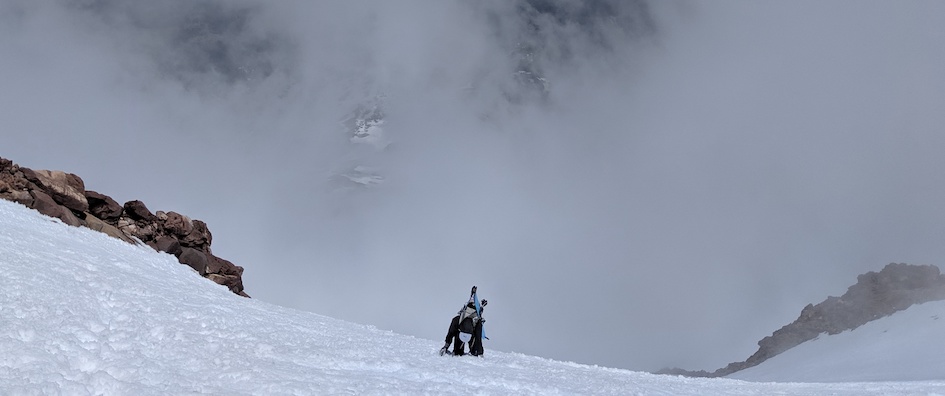
An elevation of twelve thousand feet has forty percent the amount of oxygen as sea level. Several years ago, I learned this the hard way as my little San Francisco lungs gasped for air in a steep chute on the side of Mt. Shasta. I couldn’t believe how breathless I was just being up there, let alone continue my journey to the summit. My skis were tented on my back, borrowed crampons on my feet and a brand new ice axe in my hand. I somehow dragged my body to the summit, largely thanks to my partner’s encouragement, but it goes down in my books as the most painful experience of my life. (More painful than marathons and 50k’s, and that’s saying something.)
I wrote about my new role at the beginning of the year and how intimidating it felt. It wasn’t just one dimension that was different, but all of them – peers, responsibilities, manager. It very much felt like going from sea level to 14k ft overnight.
Two years ago, I was preparing for the Salkantay Trek in Peru, which involves crossing Salkantay Pass at 15k ft. I worried that it would be another excruciating experience – that my little lungs would once again leave me crippled on the side of a mountain. However, this time around I kept a pretty quick clop, never breathing particularly hard, and finished well ahead of my group. I was in a comparable state of fitness; the biggest difference between the Salkantay and Shasta experiences was the 3 day acclimatization period spent in Cusco at 11k ft, giving the body plenty of time to adapt.
As someone who enjoys climbing both mountains and career ladders, I have come to respect the benefits of acclimatization. While I’m not going to run out of oxygen at my job, treating new roles and changes in responsibility require appropriate adjustment time, especially when the delta from the origin is large. I’m much more likely to maintain high altitudes if I ascend responsibly.